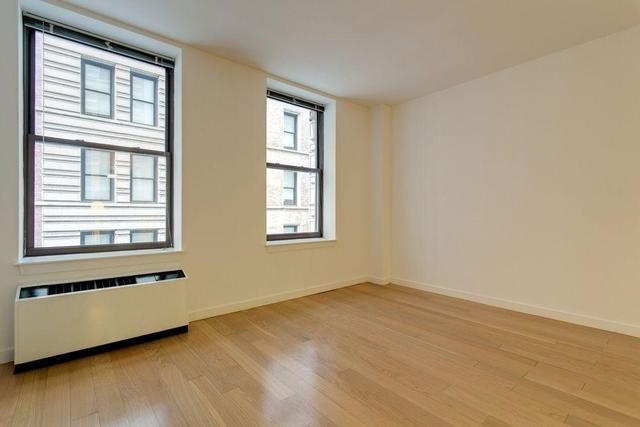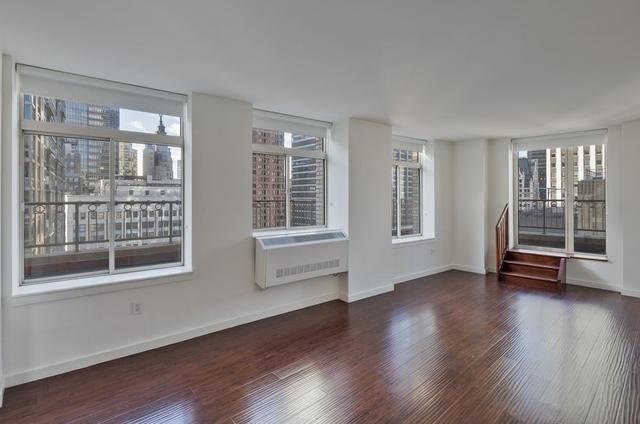
Principal Curtailment: Definition, Purpose, Benefits, Methods Of Implementation
By: ROS Team
In the world of mortgage loans, understanding the various components and terms associated with repayment is crucial. One such term that borrowers should be familiar with is “principal curtailment.”
This element plays a significant role in the overall repayment process and can have a substantial impact on the borrower’s financial journey.
In this guide, we will delve into the concept of principal curtailment, exploring its definition, purpose, benefits, methods of implementation, and important factors to consider.
What Is Principal Curtailment?
Principal curtailment refers to an additional payment made towards the principal balance of a mortgage loan beyond the regular monthly payments. The purpose of principal curtailment is to reduce the outstanding loan balance more rapidly, which can lead to several benefits for the borrower.
Benefits of Principal Curtailment
Implementing principal curtailment can offer various advantages for borrowers, including:

1. Interest Savings:
By reducing the principal balance, borrowers can potentially save a significant amount of money on interest payments over the life of the loan. This is because the interest charged is typically based on the remaining principal balance. As the principal decreases, so does the amount of interest accrued.
2. Loan Term Reduction:
Principal curtailment can help accelerate the loan payoff timeline. When extra payments are made towards the principal, the loan balance decreases faster, which can lead to an earlier loan payoff. This not only saves money on interest but also frees the borrower from mortgage debt sooner.
3. Home Equity Buildup:
Increasing the principal curtailment contributes to the growth of home equity. Home equity refers to the portion of the property that the homeowner truly owns, which is the difference between the property’s market value and the outstanding mortgage balance.
By reducing the principal balance, borrowers build equity more quickly, which can be beneficial for future financial endeavors such as borrowing against home equity or selling the property.
Methods of Implementing Principal Curtailment
There are several effective methods available for borrowers to implement principal curtailment and make additional payments towards their mortgage loan. Here are some common approaches:

A. Lump Sum Payments:
One method is to make a one-time lump sum payment towards the principal balance of the loan. This could be done using a windfall, such as a tax refund, inheritance, or a bonus from work.
Applying a substantial amount directly to the principal can significantly reduce the outstanding balance and result in substantial interest savings over time.
B. Regular Additional Payments:
Another strategy involves making regular additional payments towards the principal along with regular monthly mortgage payments. This can be achieved in various ways:
Bi-Weekly Payments:
Instead of making one monthly payment, borrowers can divide their monthly payments in half and make bi-weekly payments. This results in 26 half-payments per year, which is equivalent to 13 full monthly payments.
The extra payment can be applied directly to the principal, accelerating the reduction of the loan balance.
Rounding Up Monthly Payments:
Borrowers can choose to round up their monthly mortgage payment to the nearest higher dollar amount. For example, if the monthly payment is $1,287, they can round it up to $1,300. The additional amount is applied to the principal and helps chip away at the loan balance faster.
C. Refinancing or Loan Modification:
Refinancing involves replacing an existing mortgage loan with a new loan, often at a lower interest rate. Borrowers can use refinancing as an opportunity to implement principal curtailment by obtaining a new loan with more favorable terms and then making additional principal payments.
A loan modification is another option where borrowers negotiate with their lender to modify the terms of the existing loan.
This may involve reducing the interest rate, extending the loan term, or even forgiving a portion of the principal balance. By renegotiating the loan terms, borrowers can potentially free up more funds to allocate toward principal curtailment.
Principal Curtailment Mortgage: Factors To Consider
Before diving into principal curtailment, borrowers should take certain factors into consideration to ensure it aligns with their financial situation and goals. Here are some important factors to keep in mind:

1. Loan Terms and Conditions:
Reviewing the terms and conditions of the mortgage loan is crucial before implementing principal curtailment. Some loans may have prepayment penalties or restrictions on extra payments.
It’s essential to understand these provisions and determine if they will impact the cost-effectiveness of principal curtailment.
Additionally, borrowers should confirm how additional payments are applied to the principal and ensure they are correctly accounted for by the lender.
2. Financial Situation and Goals:
Assessing one’s financial situation and long-term goals is vital when considering principal curtailment. Evaluate factors such as income stability, other financial obligations (e.g., student loans, credit card debt), and savings priorities (e.g., emergency fund, retirement contributions).
It’s important to strike a balance between allocating funds towards principal curtailment and maintaining a solid overall financial foundation.
3. Opportunity Costs:
Consider the opportunity costs associated with principal curtailment. If the mortgage interest rate is relatively low, borrowers might explore alternative investment opportunities that offer higher returns. Comparing the potential interest savings from principal curtailment with potential investment returns can help borrowers make an informed decision.
4. Future Plans:
Think about future plans and how they might affect the mortgage. If there is a possibility of moving or refinancing in the near future, it’s essential to consider the potential impact on principal curtailment efforts.
Evaluate the breakeven point for recouping the costs associated with principal curtailment and ensure it aligns with the expected duration of homeownership.
5. Professional Advice:
Consulting with a mortgage professional or financial advisor can provide valuable guidance. These professionals can help assess the specific circumstances and offer personalized advice based on individual financial goals, loan terms, and market conditions.
Their expertise can assist borrowers in making well-informed decisions regarding principal curtailment.
FAQs
Is Principal Curtailment A Good Idea?
Yes, principal curtailment is generally considered a good idea. It can help borrowers save on interest, shorten the loan term, and build home equity faster. However, the decision should be based on individual circumstances and factors such as loan terms, financial goals, and other obligations.
What Does Curtailment With Payment Mean On A Mortgage?
“Curtailment with payment” on a mortgage refers to making an additional payment towards the principal balance of the loan. It involves paying more than the required monthly mortgage payment, specifically targeting the reduction of the principal amount owed. This helps accelerate the loan payoff, resulting in interest savings and potentially shortening the loan term.
Does Paying Extra Principal Shorten Your Mortgage?
Yes, paying extra principal on your mortgage can shorten the loan term. By making additional payments towards the principal balance, you reduce the outstanding loan amount more quickly. This results in paying off the mortgage sooner, potentially saving on interest payments, and achieving homeownership faster.
What Is A Principal Curtailment On FHA Loan?
A principal curtailment on an FHA loan refers to making an additional payment toward the principal balance of the loan. It is an extra payment made beyond the regular monthly mortgage payment, specifically targeting the reduction of the principal amount owed on a loan insured by the Federal Housing Administration (FHA).
Does FHA Allow Principal Curtailment?
Yes, the FHA (Federal Housing Administration) allows principal curtailment on FHA loans. Borrowers are permitted to make additional payments towards the principal balance of their FHA loan, helping to reduce the outstanding loan amount.
Principal Curtailment Mortgage: Takeaway
Principal curtailment offers potential benefits such as interest savings, loan term reduction, and increased home equity. Whether through lump sum payments or regular additional payments, borrowers can optimize their mortgage repayment.
Consider loan terms, financial circumstances, and seek professional advice. Harness the power of principal curtailment for financial freedom and homeownership goals.








